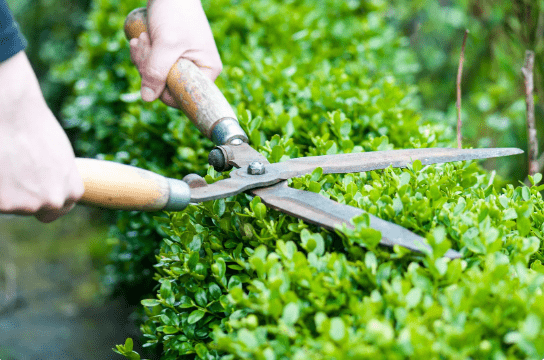Trees help to reduce air pollution through the interception of particulate matter on leaf surfaces and by absorbing gaseous pollutants through stomata. They also promote soil stability and prevent water runoff that can contaminate local ecosystems.
However, there are times when trees need to be removed from a property due to safety concerns or to make room for new construction. The following tips from Pittsburgh, PA-based tree service professionals balance property safety with ecosystem health.
Reduce Your Carbon Footprint
Trees help the environment by cleaning the air, reducing the urban heat island effect and providing shade and habitats for wildlife. However, there are times when it’s necessary to remove trees for safety and structural reasons. The proper use of tree removal services can have a positive environmental impact, and choosing a service that uses eco-friendly methods reduces the carbon footprint.
When a tree is damaged or unhealthy, it can spread disease or fungi to neighboring trees or cause problems with structures like homes or utility lines. Removing these damaged trees allows space for healthy new growth that can enhance the beauty of a property and improve curb appeal.
In urban areas, trees’ root systems stabilise soil and limit erosion. Without them, rainfall can flood soil, washing pollutants into streams and lakes. Planting new trees to offset the loss of existing ones can help protect water quality and minimise climate impacts. It takes 10-20 years for replanted trees to reach the same level of carbon sequestration as mature, removed species.
Recycle
Trees help stabilize the soil and limit erosion, and they also filter pollutants from water sources like rivers, lakes and streams. When trees are removed, the soil can become loose and muddy, causing run-off that can contaminate local water supplies.
When it comes to preserving your property, tree removal can be necessary for safety reasons or to make space for other landscaping features. However, it’s important to choose a service that’s committed to environmental sustainability. Look for services that offer selective cutting and replanting, and utilise wood repurposing to minimise waste.
The most obvious way to recycle materials during tree removal is to use them as mulch or compost. Leaves, twigs and branches can all be used for these purposes, as well as chipped wood from stumps and logs. Many local landfills and yard waste bins accept this type of green waste, which is ground up into a mulch-like product to be reused in your garden.
Reduce Your Waste
Trees provide habitats for wildlife and offer shade that cools the surrounding environment. However, these trees often need to be removed due to safety risks or poor health. In such cases, selecting an eco-friendly tree removal service is vital. These professionals utilize selective cutting, removing only the parts of the tree that pose safety risks or are unhealthy, leaving a portion intact.
This helps minimize the impact on nearby ecosystems and promotes a healthy and vibrant forest. It also reduces the amount of wood waste that goes to landfills. Additionally, it encourages reforestation and provides sustainable energy.
Trees support a variety of wildlife, including birds, squirrels, and bats. Their removal disrupts these ecosystems, resulting in biodiversity loss. To reduce this impact, ecological assessments must be performed and strategies to preserve and improve the habitat connections of affected species implemented. This includes replanting new trees and supporting local reforestation projects. In addition, limiting soil erosion by using root mulch and preventing sediment runoff into waterways is critical.
Donate
Trees play a major role in reducing carbon, producing oxygen, and regulating temperature. When they are removed, it can affect local ecosystems and lead to soil erosion, reduced agricultural productivity, increased greenhouse gas emissions, and decreased habitat for native species.
When trees are damaged, they can pose a risk to people and structures. This could include the roots invading foundations or causing visible cracks in sidewalks and streets, or limbs entangling with power lines. Additionally, they can be a breeding ground for pests and diseases that can spread to other nearby trees.
The environmental impact of tree removal can be minimized by properly disposing and recycling materials. From composting and curbside recycling to repurposing branches and needles, there are numerous options for environmentally responsible tree disposal in New York City. Additionally, tree donations to urban reforestation projects can help sustain the city’s greenery and biodiversity. This is one of the most gratifying ways to give back to your community.


